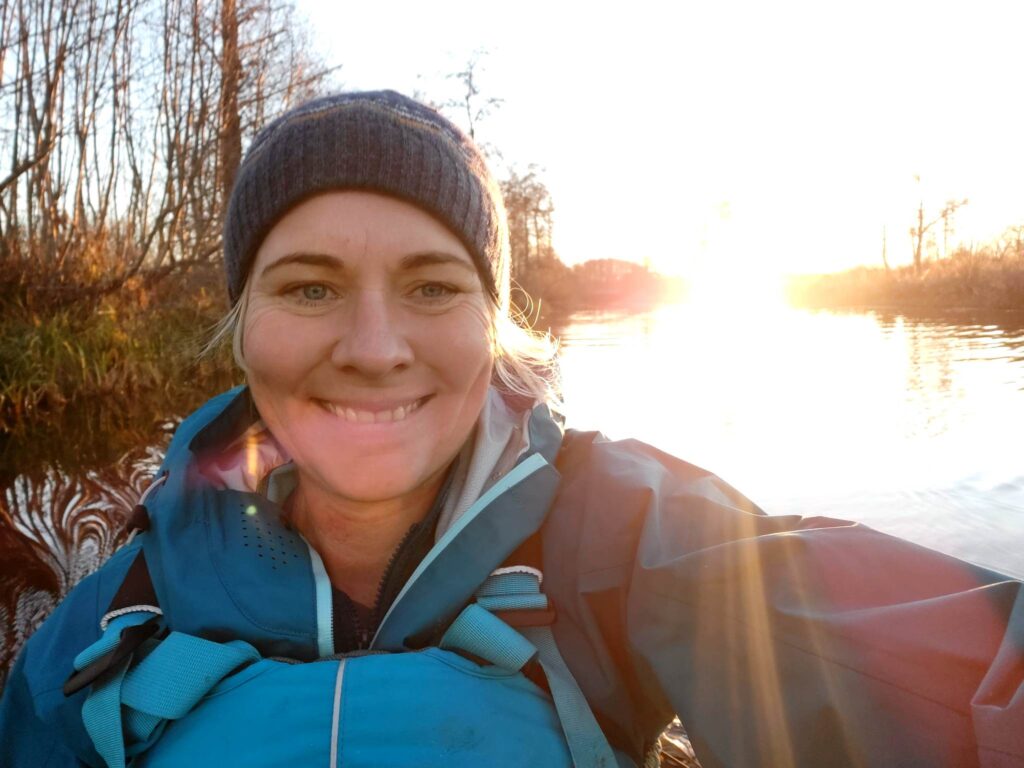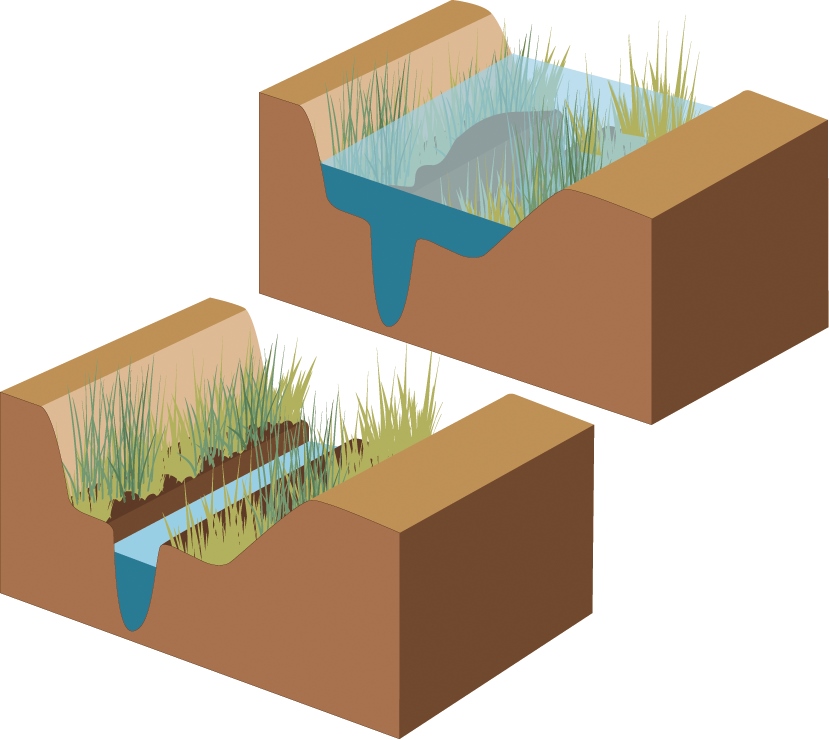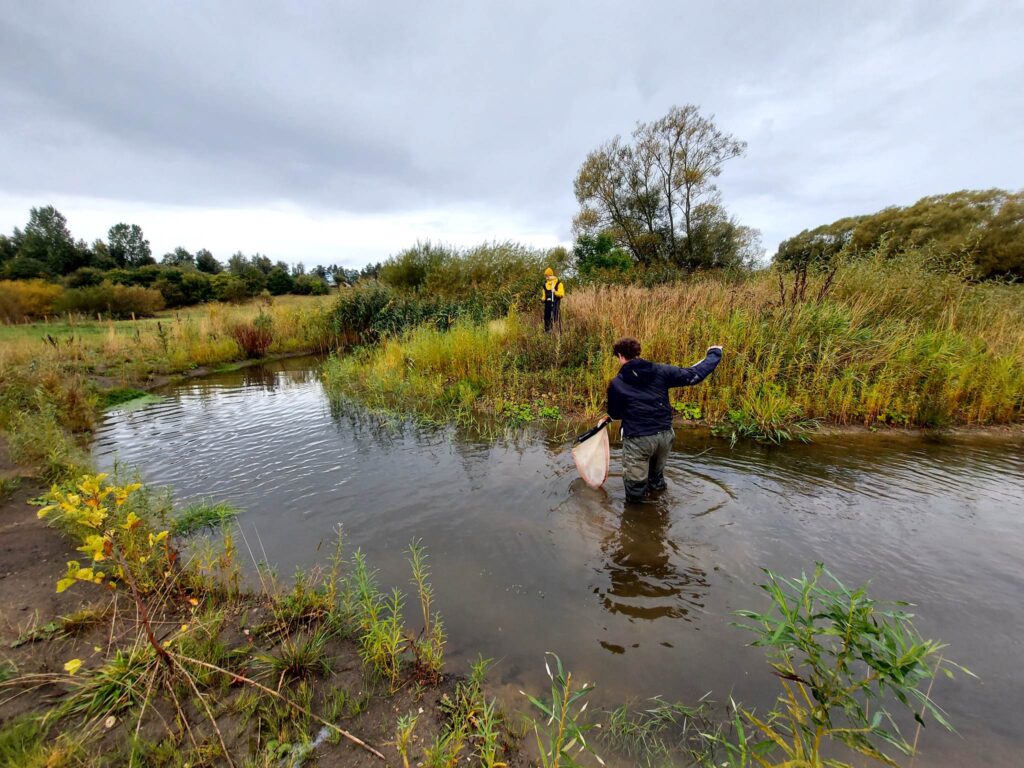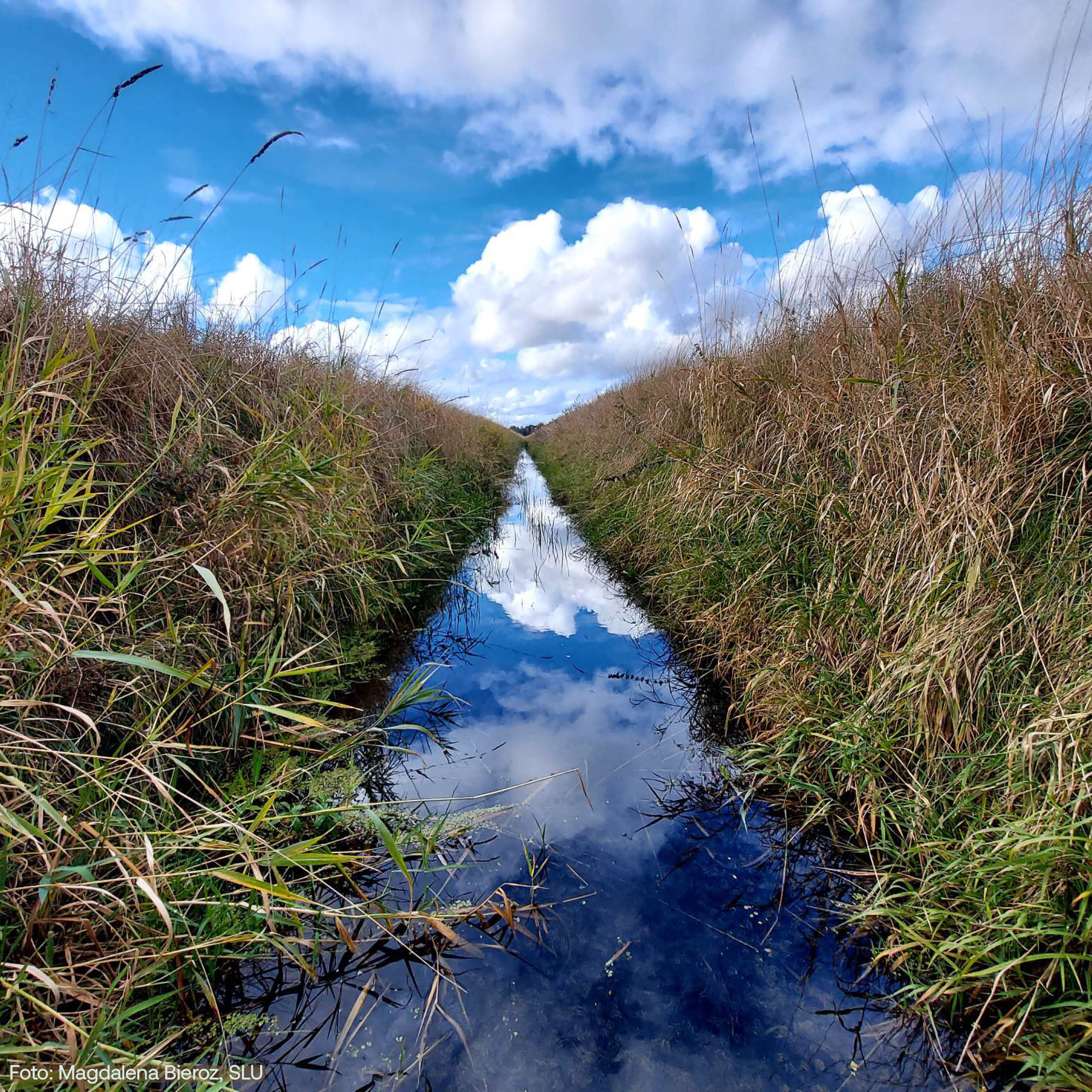It’s no secret that the Baltic Sea suffers from eutrophication. More than 90 million people in 14 countries live in the catchment area of the Baltic Sea. Most of the total nutrient input to the Baltic Sea or around 60–70 per cent, comes from man-made sources. While much has been done to improve the situation, knowledge gaps still need to be filled. Long-term monitoring and evaluation are important tools to study the effectiveness of different measures on the water quality – and a prerequisite for knowing where to implement which measure. This is what Magdalena Bieroza, senior lecturer at the Department of Soil and Environment at the Swedish University of Agricultural Sciences, will be studying through a project funded by BalticWaters’ programme to fund research projects and pre-studies.
The research is well underway at Hestadbäcken in Östergötland and Tullstorpsån in Skåne. Magdalena’s research project, “How high-frequency water quality measurements can help to improve water quality in the Baltic Sea”, is aimed at monitoring and evaluating the effects of various actions on water quality and examining how these actions are affected by a changing climate.

It’s no coincidence that Hestadbäcken and Tullstorpsån were chosen as pilot areas – there are several reasons for this. First and foremost, both areas are representative of Swedish agricultural production, soil type and climate. The areas already have several measures in place through the Phosphorous project run by Greppa Näringen.
‘I’ve always been very interested in where various substances entering watercourses come from and what happens to them.’
– Magdalena Bieroza
Also, water quality measurements were established from as early as 1988 in Hestadbäcken and 2009 in Tullstorpsån. It is a major advantage for the project to have measurements from years back, as the effects of the measures will now be examined and evaluated.
‘The great interest in and commitment to reducing eutrophication among local landowners is another reason that Tullstorpsån and Hestadbäcken are perfect study sites for this project.’ Magdalena says.
Three measures to reduce eutrophication
The measures that the project’s researchers are examining more closely are structural liming, establishment of wetlands, and two-stage ditches – three methods commonly used in Sweden. The objective is to evaluate the factors that influence the effectiveness of individual measures to reduce eutrophication and whether these can lead to significant improvements in water quality. Structural liming is suitable for clay soil and is designed to improve the soil structure, making it more porous and thus better able to bind phosphorus. As well as reducing nutrient leakage from fields to watercourses, this method can help improve crop harvests by making the soil more porous, which is good for the plants’ roots.

The main purpose of wetlands is to slow the flow of water through the landscape, reducing the risk of flooding and the leakage of nitrogen and phosphorous from agricultural land into lakes, waterways and the sea. Wetlands also help to bind nutrients in vegetation and are important for biodiversity.
Two-stage ditches create more space for water to flow more slowly, reducing the risk of flooding and erosion of stream banks. Similar to the other two methods, two-stage ditches also reduce nutrient leakage.

Two-stage ditches: Fields need ditches for good drainage, but ditches transport nutrients (nitrogen and phosphorous) rapidly from fields to the sea. Two-stage ditches are designed to reduce flooding, nutrient transport, and erosion, while also improving biodiversity in the agricultural landscape. Two-stage ditches have a central channel surrounded by higher, vegetated plains. Under normal flows (lower image), water flows through the central channel; under higher flows (upper image), water rises to the flood plains where nutrients are absorbed, nitrogen is released into the air and nutrient-rich soil particles are trapped in the vegetation. The central channel and the flood plains are both good environments for plants and serve as hiding places and feeding grounds for animals. Illustration: Anna-Lena Lindqvist, Grafik &Infodesign.
Crucial new technology
Magdalena has focused on water pollution for many years and her doctoral thesis dealt with ways of using optical methods, a form of light measurement, to measure the concentration of pollution. She first came into contact with the new instrument that became crucial to her research career when working as a researcher at Lancaster University in the UK. The instrument enables high-time-resolution, automated measurements of nutrients and particles in the water. Because the high-time-resolution measurements can be made as frequently as once per second, with data sent directly to the researcher’s computer for further analysis, a large number of measurements can be made without the researcher having to leave the office.
‘This high-time-resolution technology changed the way we can measure water quality and lets us know what’s happening with nutrients and particles under different hydrologic conditions, like when water levels in a watercourse rise due to rain or snowfall,’ Magdalena explains.
The technology isn’t only new, it’s expensive – which makes it difficult to use the instrument at all of the selected sites where water quality measurements are to be taken. Having more of these sites, also known as measuring points, is a prerequisite for conducting thorough surveys. A combination of ongoing, traditional measurements and high-frequency measurements in selected catchment areas are needed. This will now be possible within the project at Tullstorpsån and Hestadbäcken.

The location of measures
There is a challenge in determining which measures and locations are most effective – in both the short and the long term.
‘The same measure can have different effects on water quality depending on where it’s implemented, how it’s built up and then maintained,’ Magdalena says. ‘A measure can do miracles in one area but increase nutrient loss and erosion in another.’
A changing climate will also affect the measures and their effects – effectiveness can be expected to decrease with extreme and unpredictable hydrology (frequent drought and flooding). So, in the long run, a greater number of more effective measures will be needed. More research is needed in this area, to which the project will make a valuable contribution.
‘The new knowledge that the project will provide is needed as a basis for decisions on where measures should be implemented to reduce eutrophication in the Baltic Sea as effectively as possible,’ Magdalena says.

Individual initiatives to implement measures
If you are interested in starting the process of implementing measures on your land yourself, it is important to first identify the problem that needs to be solved and the location of it. Bear in mind that one single measure can rarely solve all water quality problems – this is why several types of measures are often deployed. Once the problem is identified and one or more measures are selected, the next step is to determine how the process will be organised and implemented. Magdalena realises that these are difficult questions and says it may be useful to start out by seeking help from an advisor, such as Greppa Näringen.

More about the project
The project, “How high-frequency water quality measurements can help to improve water quality in the Baltic Sea”, is being carried out by the Department of Soil and Environment at the Swedish University of Agricultural Sciences and will run through 2025. The project’s scientific part has been awarded a grant of SEK 1,000,000 through BalticWaters’ programme to fund research projects and pre-studies. Read more about the other three projects that have been funded in the article Four research projects for a living Baltic Sea.

